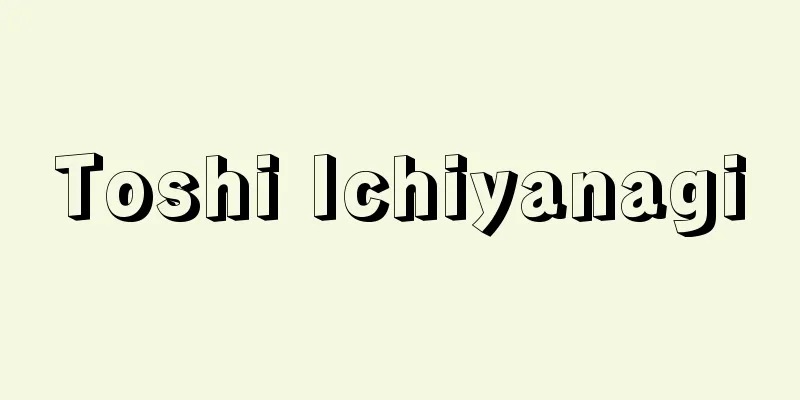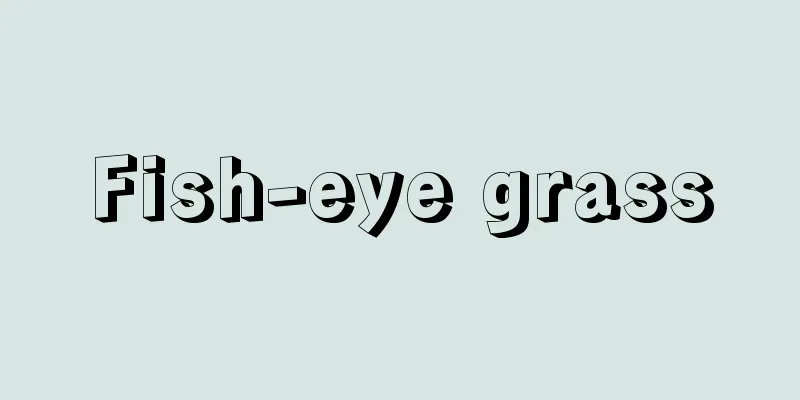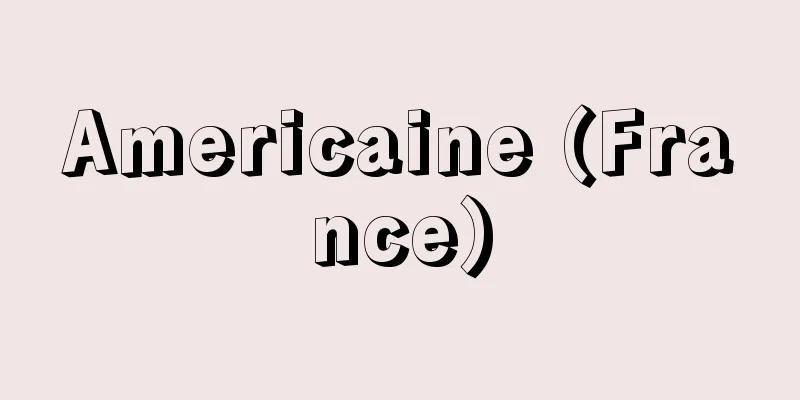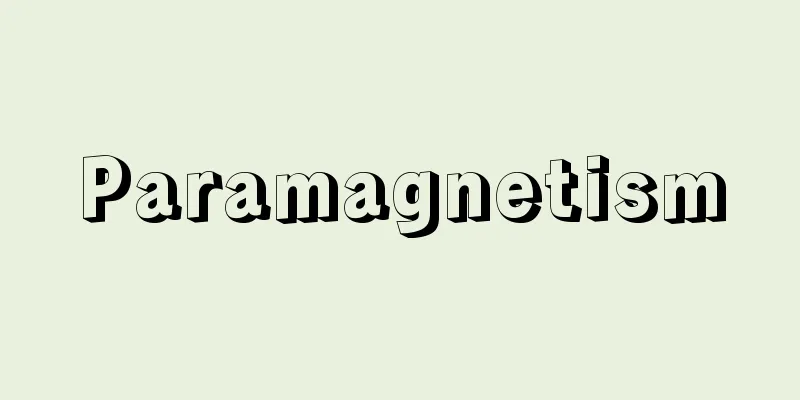Toshi Ichiyanagi

|
Composer and pianist. Born in Kobe. He studied composition under Hirao Kishio (1907-1953) and Ikenouchi Tomojiro (1906-1991), and piano under Hara Chieko (1914-2001). In 1949 (Showa 24), at the young age of 17, he won first place in the composition category (chamber music) of the 19th Japan Music Competition for his piano sonata. In 1952, he traveled to the United States to study at the Juilliard School. In 1959, he studied under John Cage at the New School in New York, where he was influenced by Cage in a way that would influence his subsequent composing career. After returning to Japan in 1961, he introduced American experimental music, including that of John Cage, and released his own experimental compositions using graphic notation, such as Music for Piano Nos. 1-7 (1959-1961), Nos. 1 and 2 for String Instruments (1961), and Pratyahara Event (1963). Ichiyanagi's introduction of his works caused a sensation in the Japanese composition world, which was called the "John Cage shock." His works from the 1970s onwards, such as Piano Media (1972), Time Sequence (1976), Two Existences (1980), and Circulating Landscapes for violin and orchestra (1983, 32nd Odaka Prize), return to standard staff notation, but reflect the flexible and multi-layered time structure proposed in his experimental works. He has also written many works for Japanese instruments, such as Transformation of the Moon (1988) for violin and sho, and Origin (1989) for koto and orchestra. He has received the Order of Arts and Letters of the French Empire (1984), the Medal with Purple Ribbon (1999), and the Suntory Music Prize (2001). His books include Listening to the Sounds and The Activity of Music. [Yoko Narazaki] He was awarded the Order of Culture in 2016. [Editorial Department, November 19, 2018] Listening to Sound: Thinking about the Future of Music (1984, Iwanami Shoten) ▽ The Activity of Music (1998, NTT Publishing) ▽ Composers in Action: A Collection of Interviews by Iwaki Hiroyuki, Ichiyanagi Satoshi and others (1986, Shinchosha) ▽ Scattered Centers: Ten Dialogues on Creation (edited by Mizusawa Tsutomu and Yahagi Kijuro) (1995, Shunjusha) ▽ Contemporary Japanese Music Volume 1: Works of Ichiyanagi Satoshi, supervised and edited by the Japan Arts Council and the Performing Arts Research Office of the National Theatre Research and Training Department (1999, Shunjusha) [References] | |Source: Shogakukan Encyclopedia Nipponica About Encyclopedia Nipponica Information | Legend |
|
作曲家・ピアノ奏者。神戸生まれ。作曲を平尾貴四男(きしお)(1907―1953)と池内友次郎(いけのうちともじろう)(1906―1991)に、ピアノを原智恵子(1914―2001)に師事。1949年(昭和24)にピアノ・ソナタで第19回日本音楽コンクール作曲部門(室内楽曲)第1位を17歳の若さで獲得する。1952年渡米、ジュリアード音楽学校に留学。1959年にニューヨークのニュー・スクールでジョン・ケージに師事、その後の一柳の作曲活動を左右することになる影響を受ける。1961年(昭和36)に帰国後、ケージをはじめとするアメリカの実験主義音楽を紹介するほか、『ピアノ音楽』第1~7番(1959~1961)、『弦楽器のために第1・第2』(1961)、『プラティヤハラ・イヴェント』(1963)など、図形楽譜を用いた実験主義的な自作を発表する。一柳による紹介を機に「ジョン・ケージ・ショック」とよばれるセンセーションを日本の作曲界に引き起こす。 『ピアノ・メディア』(1972)をはじめ、『タイム・シークエンス』(1976)、『二つの存在』(1980)、バイオリンとオーケストラのための『循環する風景』(1983。第32回尾高賞)など、1970年代以降の作品は通常の五線記譜法に戻るが、そこには、実験主義的な作品で提起された柔軟で多層的な時間構造が反映されている。バイオリンと笙(しょう)のための『月の変容』(1988)、箏(そう)とオーケストラのための『始源』(1989)など邦楽器のための作品も多数ある。フランス芸術文化勲章(1984)、紫綬(しじゅ)褒章(1999)、サントリー音楽賞(2001)などを受けた。著書に『音を聴く』『音楽という営み』がある。 [楢崎洋子] 2016年(平成28)に文化勲章受章。 [編集部 2018年11月19日] 『『音を聴く――音楽の明日を考える』(1984・岩波書店)』▽『『音楽という営み』(1998・NTT出版)』▽『岩城宏之・一柳慧他著『行動する作曲家たち――岩城宏之対談集』(1986・新潮社)』▽『水沢勉・矢萩喜従郎編『点在する中心――「創造」をめぐる10の対話』(1995・春秋社)』▽『日本芸術文化振興会、国立劇場調査養成部芸能調査室監修・編『現代の日本音楽第1集 一柳慧作品』(1999・春秋社)』 [参照項目] | |出典 小学館 日本大百科全書(ニッポニカ)日本大百科全書(ニッポニカ)について 情報 | 凡例 |
<<: Ichani Karikariusu Ruins - Ichani Karikariusu Ruins
>>: Pickled overnight - Ichiyazuke
Recommend
Ubaid culture - Ubaid culture
An ancient culture of Mesopotamia. Named after the...
Dal'nii (English spelling)
…After the Triple Intervention, in 1898 (the 24th...
Santayana - George Santayana
American philosopher. Born in Spain, he moved to ...
Modern Classical Classics
…It is also called Wen Jinggaku. A school of stud...
Siam
…Official name: Kingdom of ThailandPrathet Thai∥K...
Legal positivism
It is a position that considers only laws that ar...
Flanders War - Flanders War
The war of aggression by King Louis XIV of France...
Tokyo Financial Market
A financial market is a place where currency and f...
Cattel, RB (English spelling) CattelRB
There are many definitions of personality, but th...
The Story of Hong Kildong
A Hangeul novel from the Yi Dynasty in Korea. Auth...
Haruzumi Yoshitada
Year of death: 19th February 12th of the Jogan per...
Karsten, KJB (English spelling) KarstenKJB
…The behavior of the elements in iron, such as ca...
Frog net - Frog net
...There are various ways to tie knotted nets, bu...
Geki Diary - Geki Nikki
An official diary written by a gaki (advisor) duri...
Rapid movement - kyuusokugakusho
…It refers to an individual part of an instrument...









